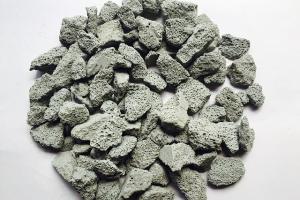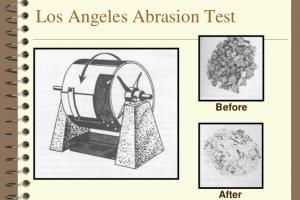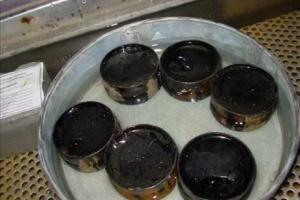Composition of Paints
Paints are used to protect metals, timber, or plastered surfaces from the corrosive effects of weather, heat, moisture or gases etc and to improve their appearance. Fundamental components of an oil-based paint are:
- Body
- Vehicle
- Pigment
- Thinner
- Dryer
- Forming the main body of a paint
- Make the paint film harder and more resistant to abrasion
- Reduce shrinkage cracks on drying
In white paint body is also the pigment
Commonly used bases (body) are White lead, Zinc oxide, Iron oxide, Metallic powder such as Al, Cu, Br. Paints more often named after the base as Lead paint, Zinc paint, and Aluminum paint. The binder, or resin, is the actual film forming component of paint. It imparts adhesion, binds the pigments together, and strongly influences such properties as gloss potential, exterior durability, flexibility, and toughness. Binders include synthetic or natural resins such as acrylics, polyurethanes, polyesters, melamine resins, epoxy, or oils.
Typical binders include synthetic or natural resins such as acrylics, polyurethanes, polyesters, melamines, epoxy, or oils. Typical diluents include organic solvents such as petroleum distillate, alcohols, ketones, esters, glycol ethers, and the like. Water is a common diluent.
- Oily liquid in which the body and pigment are soluble
- Facilitates the paint to be conveniently spread over the surface
- Oils most commonly used as vehicle are
The main purpose of the vehicle is to adjust the viscosity of the paint. It is volatile and does not become part of the paint film. It can also control flow and application properties. It's main function is as the carrier for the non volatile components. Water is the main vehicle for water based paints.
Solvent based, sometimes called oil based, paints can have various combinations of solvents as the vehicle, including aliphatics, aromatics, alcohols, and ketones. These include organic solvents such as petroleum distillate, alcohols, ketones, esters, glycol ethers, and the like. Sometimes volatile low-molecular weight synthetic resins also serve as diluents. Linseed oil, Soya bean oil, Fish oil, dehydrated castor oil
Pigments are materials which gives the paint its color. In white paint the body is the pigment. Natural pigcentrements (natural iron oxides, chrome oxides). Synthetic pigments (phthalocynines ► coal tar derivatives)
Pigments impart such qualities as color and opacity (sometimes inappropriately called 'hiding'), and influences properties such as gloss, film flow, and protective abilities. Pigment can generally be categorized into two main types: Prime, or hiding, pigments, and Inert, or extender, pigments. The main modern white hiding pigment is Titanium dioxide. Zinc oxide is a weaker white pigment with some important usages. Color hiding pigments fall also into two main categories, those being Inorganic, mostly duller earth tone colors, and Organic, generally brighter but more expensive colors.
Inert pigments break down into natural or synthetic types. Natural pigments include various clays, calcium carbonate, mica, silicas, and talcs. Synthetics would include calcined clays, blanc fix, precipitated calcium carbonate, and synthetic silicas. Pigments, usually insoluble powders, are used both to provide color, and to make paint opaque, thus protecting the substrate from the harmful effects of ultraviolet light while also increasing a paint's hiding power.
Some pigments are toxic, such as those used in lead paint. Paint manufacturers replaced lead white with a less toxic substitute, which can even be used to color food titanium white (titanium dioxide) which was first used in paints in the 19th century. The titanium white used in most paints today is often coated with silicon or aluminum oxides for various reasons such as better exterior durability, or better hiding performance via better efficiency promoted by more optimal spacing within the paint film.
Liquid thinner is added in the paint to
- Increase fluidity
- Making paint more smooth
- Help penetration into porous surfaces
Common thinner ► turpentine (made by distilling gum from a number of pine trees)
- Added to quicken the drying of vehicle
- Organic salts of Iron, zinc, lead, manganese, Ca
- To accelerate the oxidation and hardening of vehicle
Additives Used in Paints
Besides the three main categories of ingredients, paint can have a wide variety of miscellaneous additives,usually added in very small amounts. Some examples include additives to improve wet edge, to impart antifreeze properties, control foaming, control skinning, fight bacterial growth, or improve pigment stability. There are various additives, which are added to improve some properties, such as color opacity and matness, pigment dispersion, or stability.












